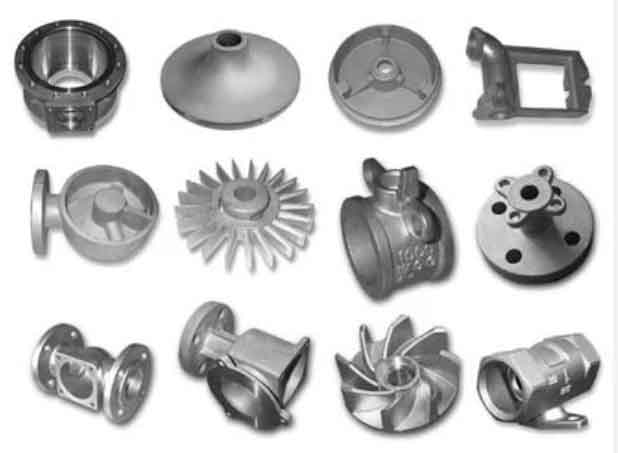
Ductile iron casting offers sustainable manufacturing solutions that contribute to a greener future. Here are some ways in which ductile iron casting promotes sustainability:
1. Recycling and Reusability:
Ductile iron is highly recyclable, and the recycling process consumes less energy compared to primary metal production. Scrap and production waste can be easily melted down and reused in the production of new ductile iron castings, reducing the demand for virgin raw materials. This recycling loop helps conserve natural resources and minimizes the environmental impact associated with traditional metal production.
2. Extended Product Lifespan:
Ductile iron castings have a long lifespan and exhibit excellent durability. They are highly resistant to wear, corrosion, and fatigue, which extends the service life of components made from ductile iron. By using ductile iron castings, manufacturers can produce longer-lasting products that require fewer replacements, reducing material consumption and waste generation.
3. Design Optimization:
Ductile iron casting offers design flexibility, allowing for the optimization of component shapes and sizes. This enables engineers to design more efficient and lightweight structures without compromising performance and safety. By reducing the weight of components, less material is required for production, resulting in reduced energy consumption during casting and transportation.
4. Energy Efficiency:
Ductile iron casting processes have become more energy-efficient over the years, thanks to advancements in technology and process optimization. Foundries have implemented energy management systems, improved furnace insulation, and optimized process parameters to minimize energy consumption. Energy-efficient practices reduce greenhouse gas emissions and help mitigate the environmental impact of ductile iron casting.
5. Waste Reduction and Emissions Control:
Ductile iron casting processes have implemented measures to reduce waste generation and control emissions. Foundries employ techniques such as sand reclamation systems, waste heat recovery, and air pollution control technologies to minimize environmental impact. Additionally, the use of environmentally friendly binders and additives in the casting process further reduces emissions and waste.
6. Localized Production:
Ductile iron casting foundries are often located close to their end markets, reducing the need for long-distance transportation. Localized production helps reduce carbon emissions associated with transportation and supports regional economies by promoting job creation and reducing reliance on imports.
7. Sustainable Certifications and Standards:
Many ductile iron casting foundries adhere to sustainable certifications and standards, such as ISO 14001 (Environmental Management System) and ISO 9001 (Energy Management System). These certifications ensure that environmental impacts are monitored, controlled, and continuously improved, promoting sustainable manufacturing practices.
By incorporating ductile iron casting into manufacturing processes, industries can reduce environmental impacts, conserve resources, and promote a greener future. The recyclability, extended product lifespan, design optimization, energy efficiency, waste reduction, localized production, and adherence to sustainable certifications make ductile iron casting a sustainable choice for metal manufacturing applications.
